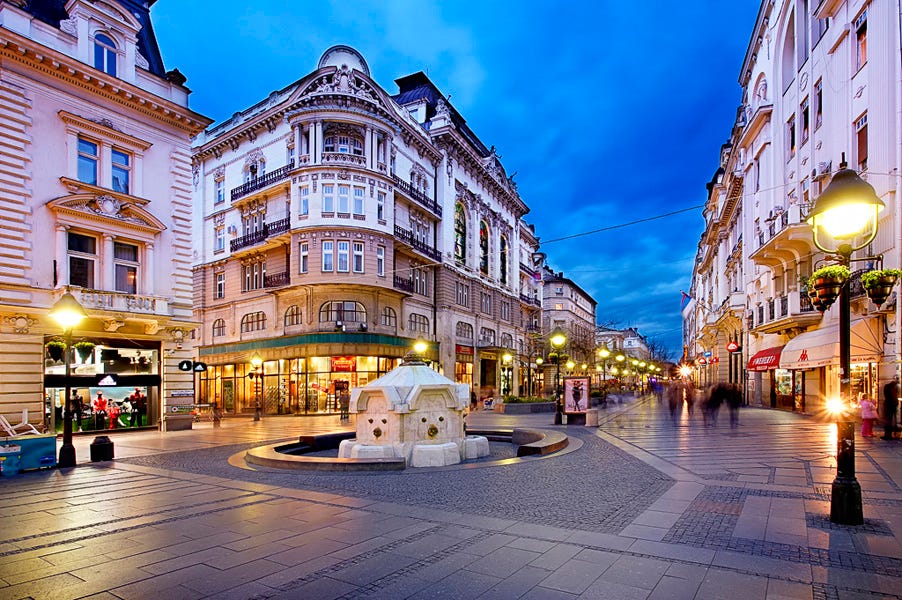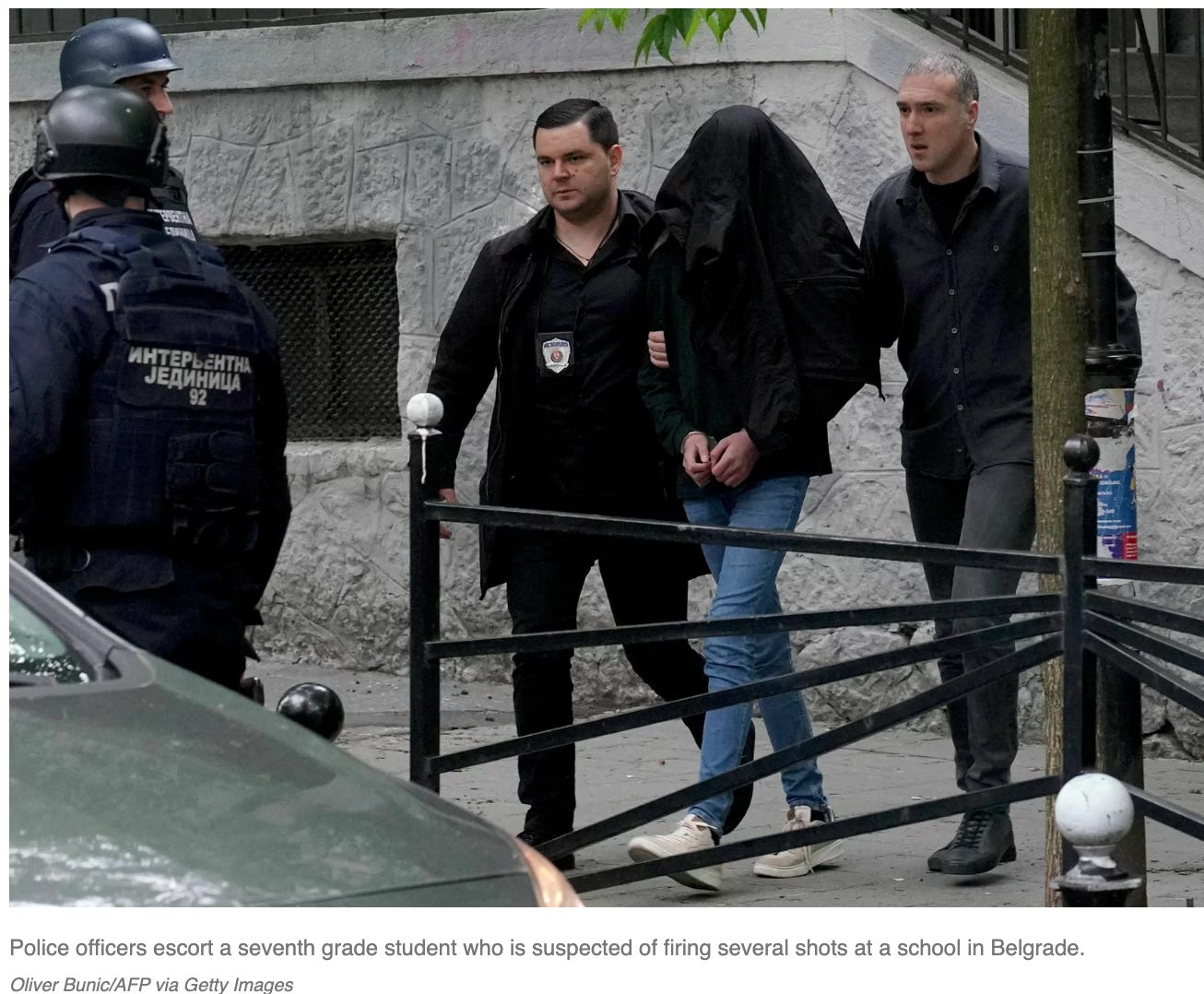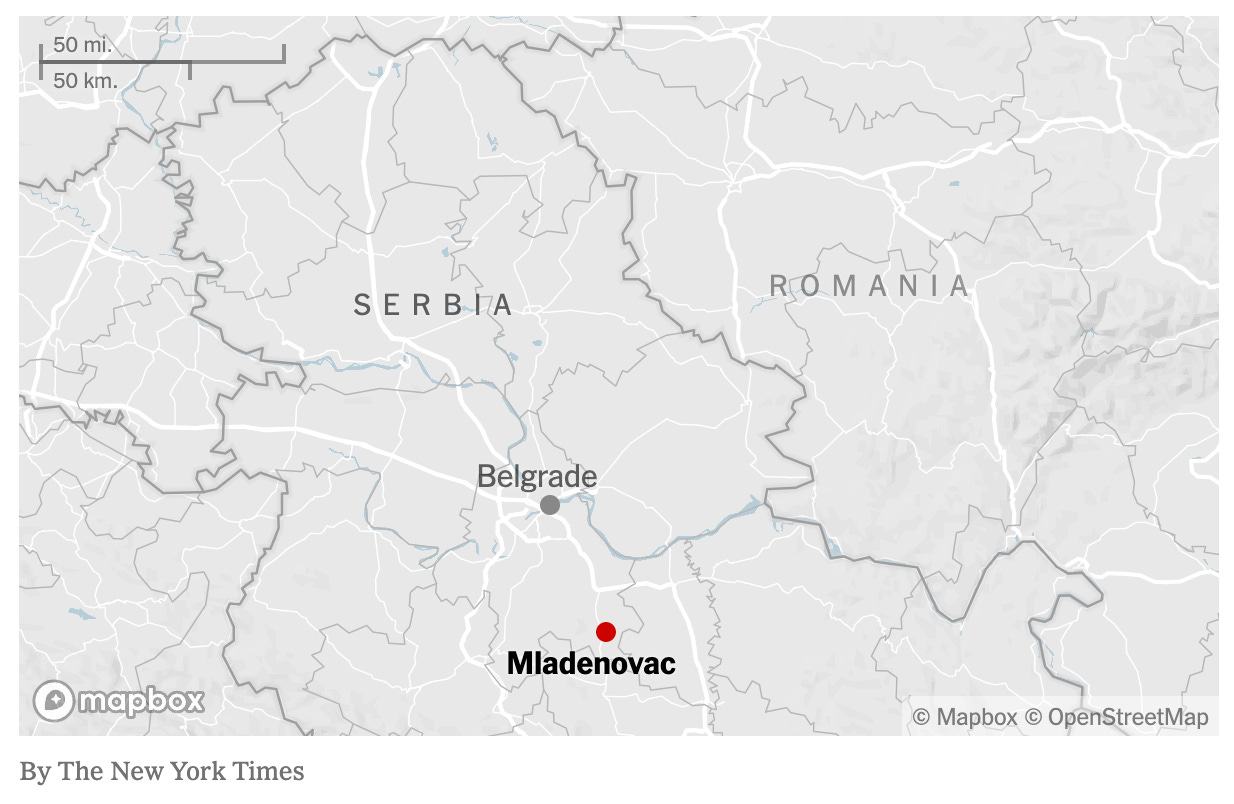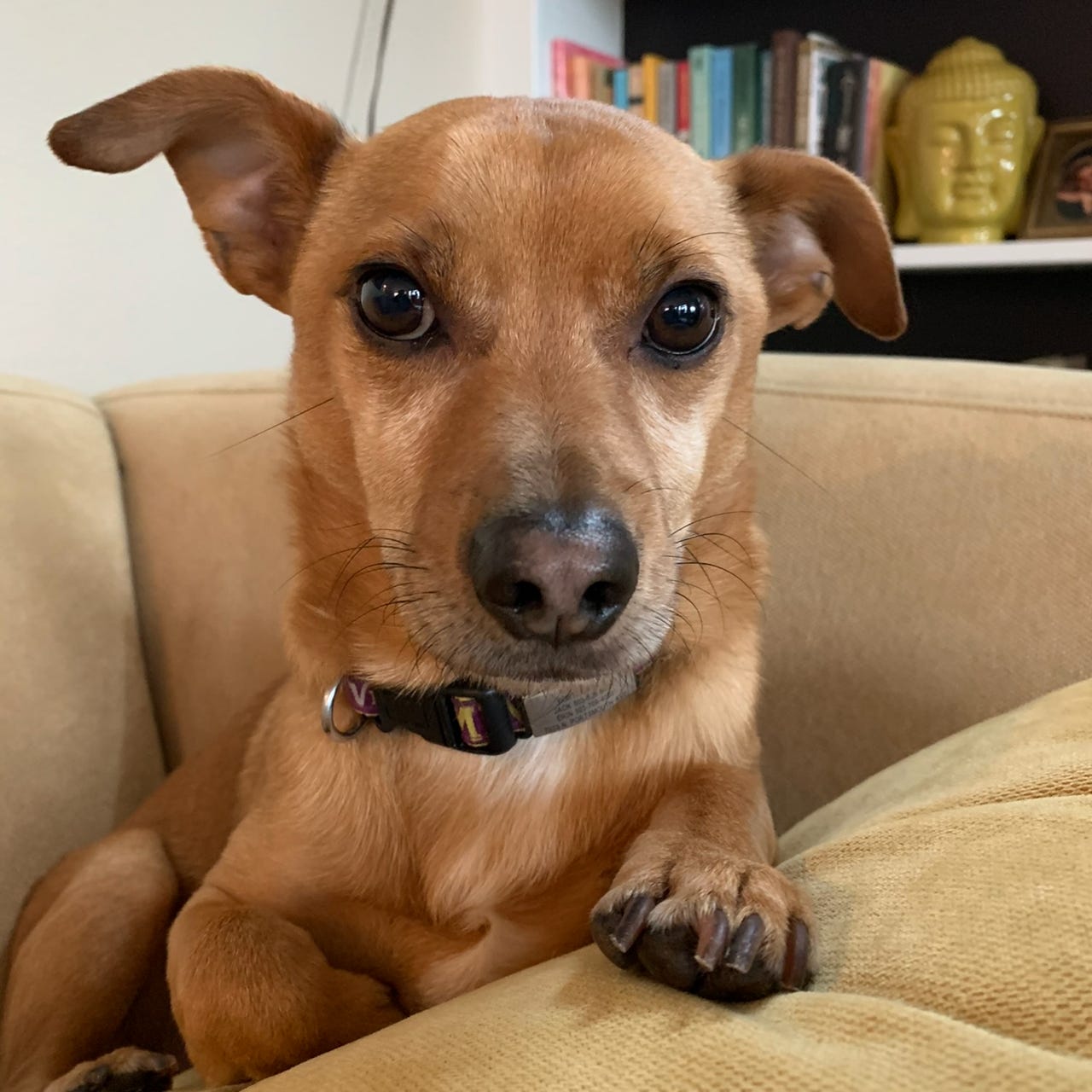A uniquely American problem takes a Serbian holiday
Serbia experiences two mass shootings on consecutive days
Last Wednesday morning in Belgrade, Serbia, a 13-year-old boy entered a classroom at Vladislav Ribnikar Elementary School around 8:40 a.m. local time and opened fire. By the time police arrested the boy, who used his father’s gun to shoot students and staff, he’d killed eight students and a security guard. Another six children and a teacher were wounded.
In an update, police said the suspect, identified only by his initials, K.K., called them from the school minutes after the violence was reported. They also said he apparently planned his actions well in advance, and had written a list of children he wanted to kill.
Because the suspect is 13, he is too young to be held criminally responsible, the prosecutor's office in Belgrade said, according to public broadcaster RTS.
Citing his status as a minor, the news outlet added, prosecutors ordered the student's father to be detained on suspicion of crimes against general security.
Some news outlets initially released the shooter’s name, but most have now pulled back, citing the shooter’s minor status. Under Serbian law, he can’t be criminally charged because he’s not an adult.
A bit more than 36 hours later, a 21-year-old man, firing an automatic weapon from a vehicle while driving through villages south of Belgrade, killed eight people with no immediately apparent motive.
DUBONA, Serbia — The gunman raced through the villages on the outskirts of Belgrade in a car, firing what appeared to be an automatic rifle at those he passed: a police officer, his sister and six other people who came into his sights.
The shooter, 21 years old and wearing a T-shirt with a white supremacist symbol on it, officials said, was finally caught early Friday after an overnight manhunt involving hundreds of police officers and helicopters swarming overhead.
Eight people were killed and at least 14 were wounded in the attacks late Thursday, the second mass shooting in Serbia in two days, stunning a nation that has one of the world’s highest rates of gun ownership but where gun violence is rare….
The suspect in the second shooting was arrested near the city of Kragujevac, about 40 miles south of where the attacks began to the south of Belgrade, according to Serbian officials.
He was wearing a T-shirt that said “Generation 88” when arrested, Mr. Vucic said, adding that it referenced a white supremacist code for “Heil Hitler.” The president said the shooter gave a single-word reason for his rampage: “disrespect.”
It was not clear if the shooter had connections to any white supremacist groups, and people who knew him in his village said they were unaware of any such affiliation.
It was not clear how long the shootings lasted or exactly where they began.
Almost a week later, there are still more questions than answers. The teenage shooter appears to have planned the attack in the school shooting. He had written out a “kill list,” and enough material was left behind to make it clear it was premeditated. What police don’t know is what the shooter’s motive may have been.
Students questioned after the shooting could not provide anything indicating a motive. They noted that he was quiet and kept to himself but didn’t seem to be a “misfit” or someone other students harassed or picked on.
As for the random attacks south of Belgrade, there are even more questions. Police involved in that investigation have no answers about why the shooter picked his particular times and places.
Serbia isn’t a violent country, but it’s not a country unfamiliar with violence. I lived there as the wars in the former Yugoslavia were winding down. It was a time when soldiers and police officers were armed and very obvious about it. Weapons of all sorts were everywhere, and it wasn’t uncommon to see a tank parked in someone’s front yard, even on the outskirts of Belgrade.
In Kosovo, where I lived, only Serbs were allowed to own weapons, and on weekends, they celebrated weddings by firings pistols and AK-47s into the air. You could hear it all over Pristina, the capital of Kosovo. Most homes had numerous weapons, ostensibly to protect against the majority Albanian population, whom they hated viscerally and would happily have turned their guns on.
The Albanian family I rented a room from lived across the street from a member of the Serbian secret police. He was usually quite friendly toward me, but he also told me on more than one occasion that if war broke out, he’d kill me and the family I was living with. He wasn’t kidding. The Serbs I knew didn’t joke about such things, and he was dead serious (no pun intended). It was the sort of declaration that sent a chill down my spine because I was unarmed and had no way to defend myself if he decided to carry out his threat.
Many Serbs, both in Kosovo and Serbia proper, had fought in the wars that broke out after the dissolution of the former Yugoslavia. Many of those who’d fought held onto their weapons, but once the fighting ended, so did the violence. As a result, Serbia’s been fortunate to have a relatively low level of violence for such a heavily armed country.
Serbia ranks third in the world, tied with Montenegro, after the United States and Yemen in civilian firearm ownership, with an estimated 39 per 100 people, according to a 2018 report by the Small Arms Survey, a group based in Geneva. The United States has about 120 guns per 100 people.
Thus, two mass shootings on two consecutive days have been quite a shock for Serbs. Unfortunately, incidents like these don’t happen there. The last mass shooting in Serbia occurred in 2016.
So now Serbs find themselves wondering if they’re at a crossroads. Must they contemplate whether they’re on the cusp of an America-like gun problem? Or are these two terrible days merely an aberration?
Statistically speaking, they’re likely an aberration. Still, politicians in Serbia are already promising to look at the country’s gun laws to ensure that mass shootings don’t become the norm the way they are here in the US.
Serbian gun laws are already much more stringent than in the US (then again, whose laws aren’t?). This has been particularly true since
guns became widely available during the Balkan wars of the 1990s. Gun owners must have no history of imprisonment and have no criminal record in the past four years, be trained in handling firearms, undergo routine medical examinations, and have a safe storage space.
Of course, there are likely thousands of weapons still in Serbian homes illegally since the end of the Balkan wars, but the government lacks the resources to seize them. They’ve become something of an open secret. If the owner doesn’t attract attention, the police leave them alone.
That attitude may change if laws are tightened after the recent mass shootings, and that’s probably a good thing in a country unused to such violent conduct.
At least in Serbia, citizens can’t scream about their 2nd Amendment rights.







